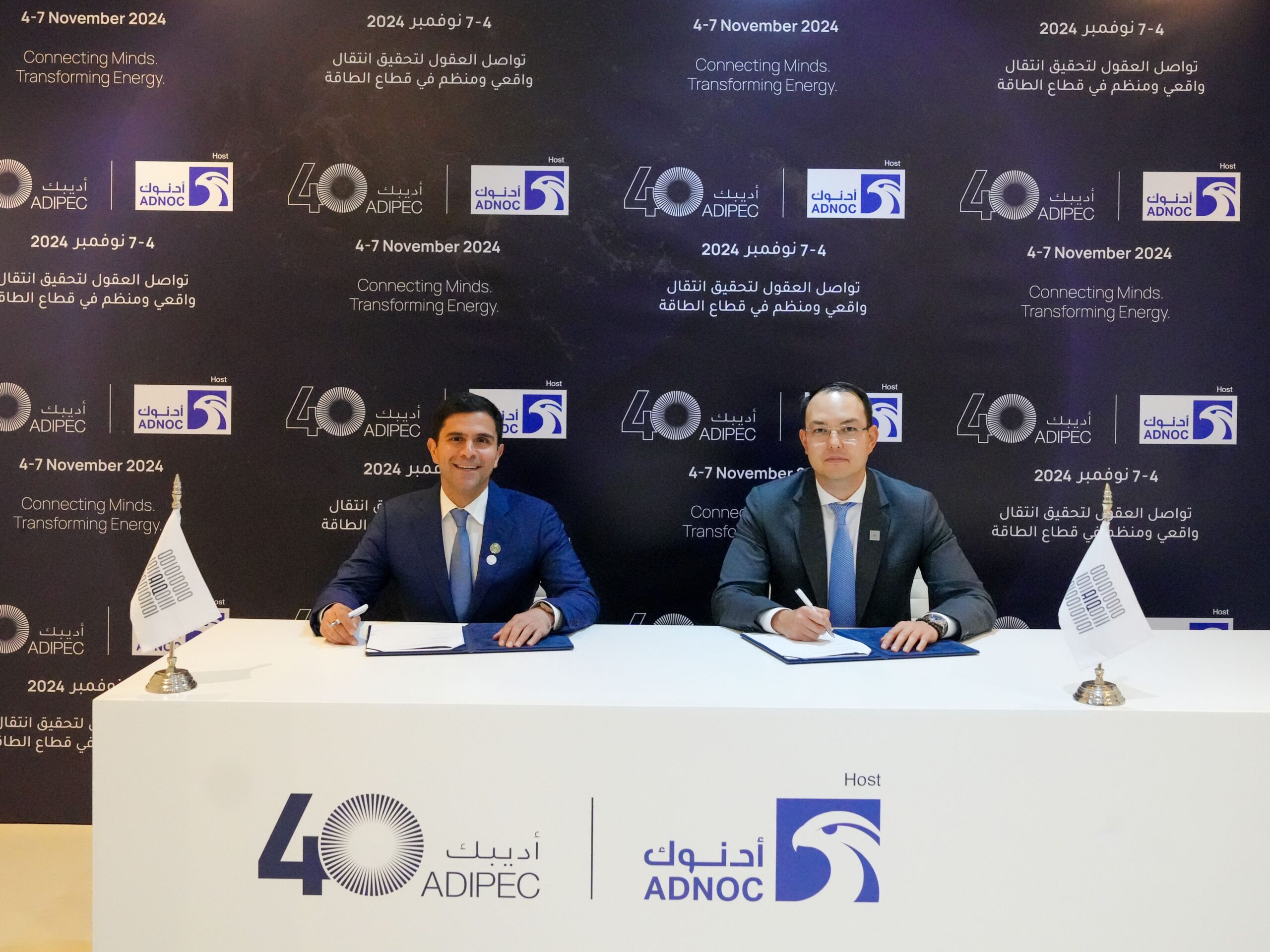Featured
Article

AIQ and Matroid Collaborate to Build the World’s Largest CVAI Cluster

The companies will focus on deploying AI-driven visual inspection solutions across a growing range of use cases, allowing for rapid deployment and customization Abu Dhabi, United Arab Emirates, and Palo Alto, CA — November 21, 2024 — AIQ, the Abu Dhabi-based AI champion developing innovative solutions for the energy sector, announces a Strategic Collaboration Agreement…
READ MORE
Computer Vision Manufacturing
How Visual Automation is Revolutionizing Aerospace Quality Control
Read More
Artificial Intelligence Computer Vision Minds of Matroid
Leveraging Open Set Detectors to Create a Custom Detector
Read More
Artificial Intelligence Energy Government
From Vision to Fusion: Inside SMI’s Visit to the UK’s Leading Fusion Energy Labs
Read More
Artificial Intelligence Computer Vision Minds of Matroid
Evaluating and Refining Computer Vision Detectors
Read More
Artificial Intelligence Computer Vision Manufacturing
AI-Powered Quality Control for Chemicals & Materials Manufacturing: Reducing Defects & Waste
Read More
Minds of Matroid
Using CV for Critical Inspections on Large Equipment
Read More
Artificial Intelligence Computer Vision Manufacturing
What’s Next for Metal Manufacturing – And Are You Ready?
Read More
Computer Vision Manufacturing
Key Applications of Computer Vision in Industrial Manufacturing
Read More
Artificial Intelligence Manufacturing
Enhance Production Line Efficiency in Industrial Manufacturing with Computer Vision
Read MoreWant to stay in the loop?
Stay connected with Matroid and sign up for our email updates.